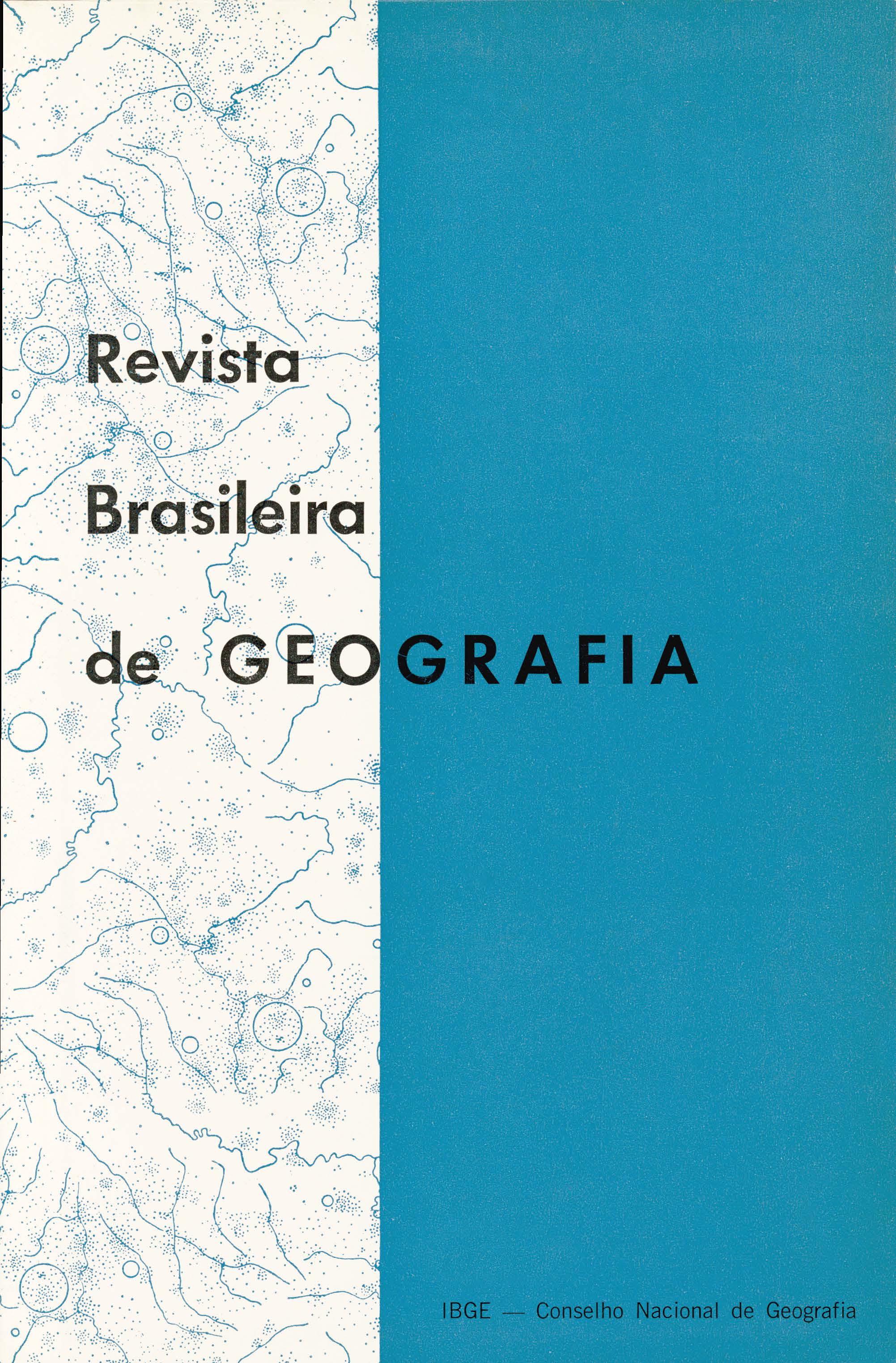Os Estudos de classificação na agricultura : uma revisão
Keywords:
Geografia agrícola, AgriculturaAbstract
Abstract:
The geographical study in agriculture had traditionally emphasized the spatial distribution of agricultural production and livestock. From 1920 to 1930, the focus has turned to studies in area identification and to the classificatory character they have assumed. However, the approach to classification in agriculture is deficient in theoretical support for clearing up problems related to area definition. The criteria used for area definition in agriculture may be physical and/or socioeconomic. After World War II, the establishment of criteria reflecting relationships - especially supply and demand functions in spatial terms - has arisen a greater interest. That classification in agriculture has been carried out on regional, continental and world scales, although without dynamic content. Consequently, it has been impossible to evaluate the process of changing in agricultural activities, a fact that leads to constant reviews.
In order to solve the problem of diversity in classificatory criteria, the Committee on Agricultural Typology of the International Geographical Union was created in 1964. It has brought new contributions to the geography of agriculture, especially to the classification studies, as it tries to achieve a standardization of criteria, methods and techniques with a view to a typification for a world agriculture, placing the geography of agriculture as a scientific discipline. At the XXIII International Congress on Geography, in Moscow, 1976 it was presented the latest version of the world agriculture typology, based on social, operational, structural features, and also on those of production. Units of equivalence for livestock, agricultural production and use of animal, mechanical and human attractive effort have been suggested, as well as a model-type for comparing the individual types and evaluating their deviations in relation to the model: T = S O C / 2 - where T is the type of agriculture; S, the social characteristics; O, the operational characteristics; P, the production characteristics; and C, the structural characteristics or those of combination of activities.
In 1960, the classification studies in agriculture adopted the systemic approach, based on model design, agricultural systems dynamics, association degree of production units, spatial coherence and interaction of functional units, and stability of the system as a spatial and ecological entity.
Other studies have considered the farm as a system and the agriculture as a set of objects with attributes related by circulating movements (money, labor force, work, etc...), and with energy inputs, in response to social and biological needs of the system. Emphasis has also been placed on agricultural systems considered as "distinct types of ecosystems modified by man", and on the conciliatory systemic approach between the economic and ecological guidelines.
In Brazil, from the well-defined mathematical--conceptual point of view, the classification studies are common to the late 60s. and early 70s. and have been guided by the rules of the Committee on Agricultural Typology. Two aspects have characterized the classificatory studies in agriculture: the methodological-conceptual concern and the use of mathematical-statistical techniques. At national level, three regionalizations have been established: the definition of the agricultural regions in Brazil; the identification of typical areas of agricultural production - "a real approximation to the forms of organization in Brazilian agricultural production"; and a zonation for purposes of land reform and settlement. At macro regional level, several agricultural organization types have been determined for the North, Northeast, South and Central-West regions. Of special relevance, at regional scale, are the studies about the states of Paraná, São Paulo, Minas Gerais, Rio Grande do Sul, Ceará, Rio de Janeiro, Pernambuco and Paraíba.






